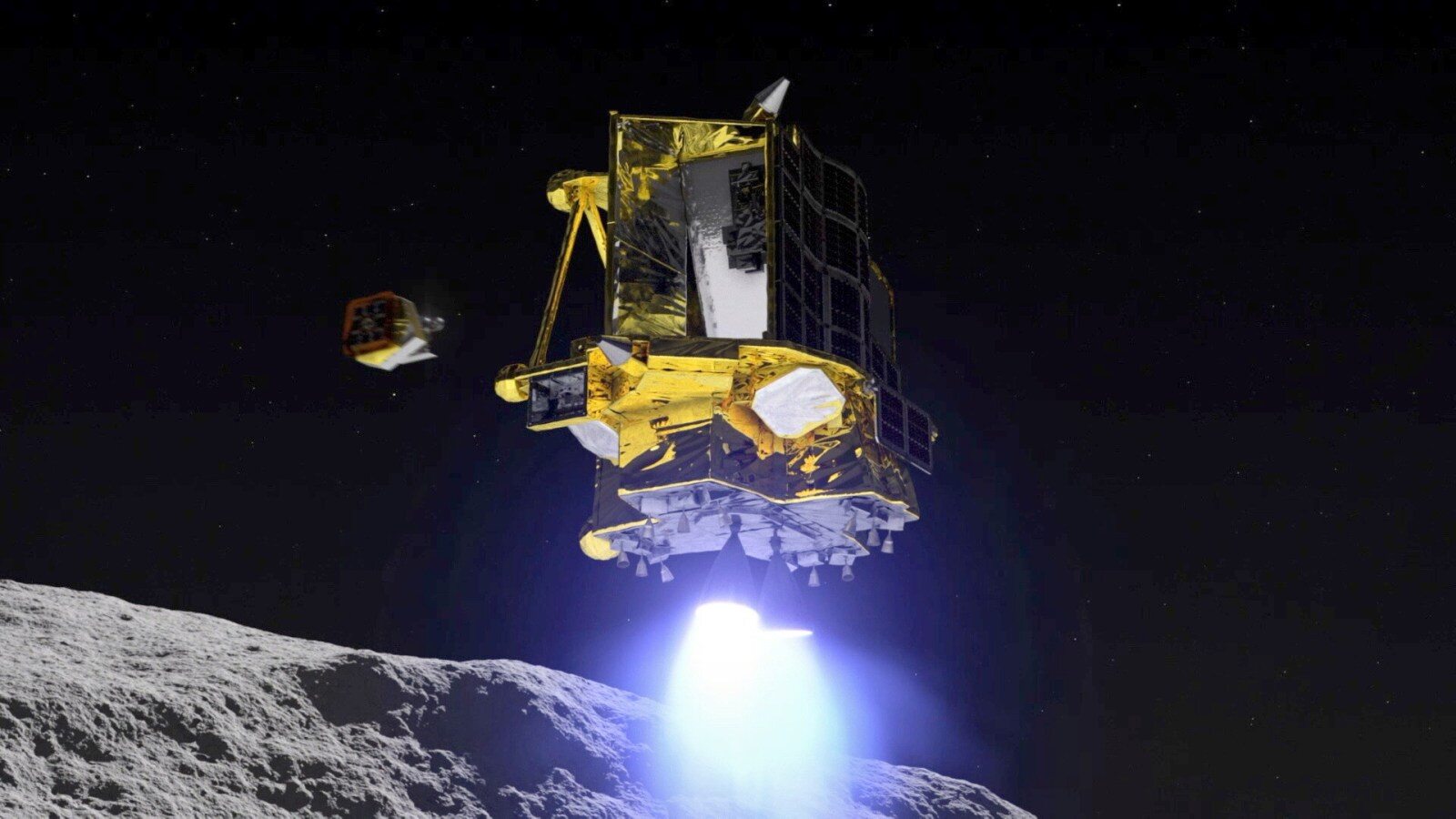Japanese SLIM probe on the moon. There’s a problem

Japan’s “Lunar Sniper,” the SLIM spacecraft, landed on the moon on Friday, but its mission may end sooner than expected.
Japan on Saturday became the fifth country to put a spacecraft on the moon. According to the Japanese space agency, the purpose of the mission was to showcase “precision” landing technology and revive a space program that had previously suffered various setbacks.
The Japan Aeronautics and Space Administration (JAXA) announced that its Smart Lander for Investigating Moon (SLIM) spacecraft landed on the lunar surface at around 12:20 p.m. (4:20 p.m. in Poland) and re-established contact with Earth. However, its solar panels were unable to generate electricity. They were probably placed at the wrong angle.
SLIM on the moon. Power problem
“SLIM now runs only on its battery, and we are prioritizing transmitting its data to Earth,” Hitoshi Kuninaka, head of the JAXA space laboratory, said at a press conference.
Currently, the lander is operating on limited battery power, which is expected to last only a few hours, and the JAXA team is analyzing the data to determine the cause of the solar cell failure and next steps for the lander.
The tiny SLIM robot explorer, which launched in September, is nicknamed “Moon Sniper” because it used new precision technology to demonstrate a “precise” landing.
Previous lunar missions were able to target and reach specific zones that stretched for many kilometers, but the SLIM lander targeted a landing site that extends only 100 meters in length. The lander’s “intelligent eyes” – an image-matching navigation technology – quickly photographed the lunar surface during approach and autonomously made adjustments as the spacecraft descended to encounter the sloping terrain.






